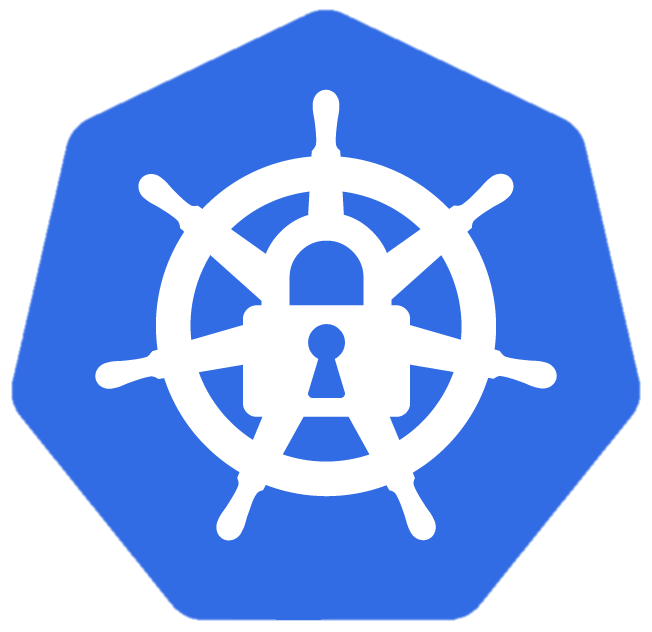
The MITRE ATT&CK® framework is a knowledge base of known tactics and techniques that are involved in cyberattacks. Started with coverage for Windows and Linux, the matrices of MITRE ATT&CK cover the various stages that are involved in cyberattacks (tactics) and elaborate the known methods in each one of them (techniques). Those matrices help organizations understand the attack surface in their environments and make sure they have adequate detections and mitigations to the various risks. MITRE ATT&CK framework tactics include:
Many attack techniques are different in the context of Kubernetes than those that target Linux or Windows, the tactics on the other hand are actually similar. For example, a translation of the first four tactics from OS to container clusters would look like 1. “initial access to the computer” becomes “initial access to the cluster”, 2. “malicious code on the computer” becomes “malicious activity on the containers”, 3. “maintain access to the computer” becomes “maintain access to the cluster”, and 4. “gain higher privileges on the computer” becomes “gain higher privileges in the cluster”.
Microsoft therefore created the first Kubernetes attack matrix: an ATT&CK-like matrix comprising the major techniques that are relevant to container orchestration security, with focus on Kubernetes. Redguard has extended the version of the Kubernetes Attack Matrix, especially by adding specific examples to simulate the techniques and references to learn even more about them and related topics.
Thanks to Microsoft for creating the initial version of the Kubernetes Threat Matrix ❤️
We really appreachiate your work which we further extended and made more accessible.